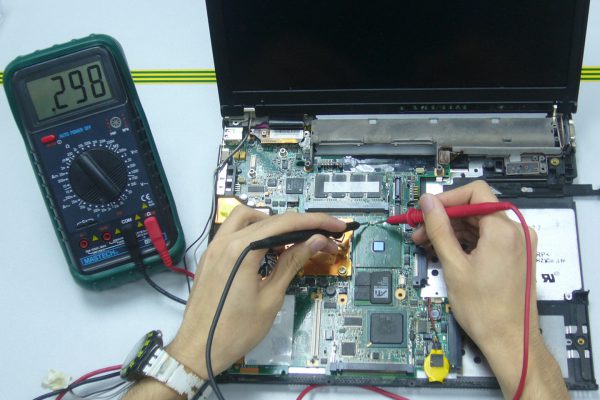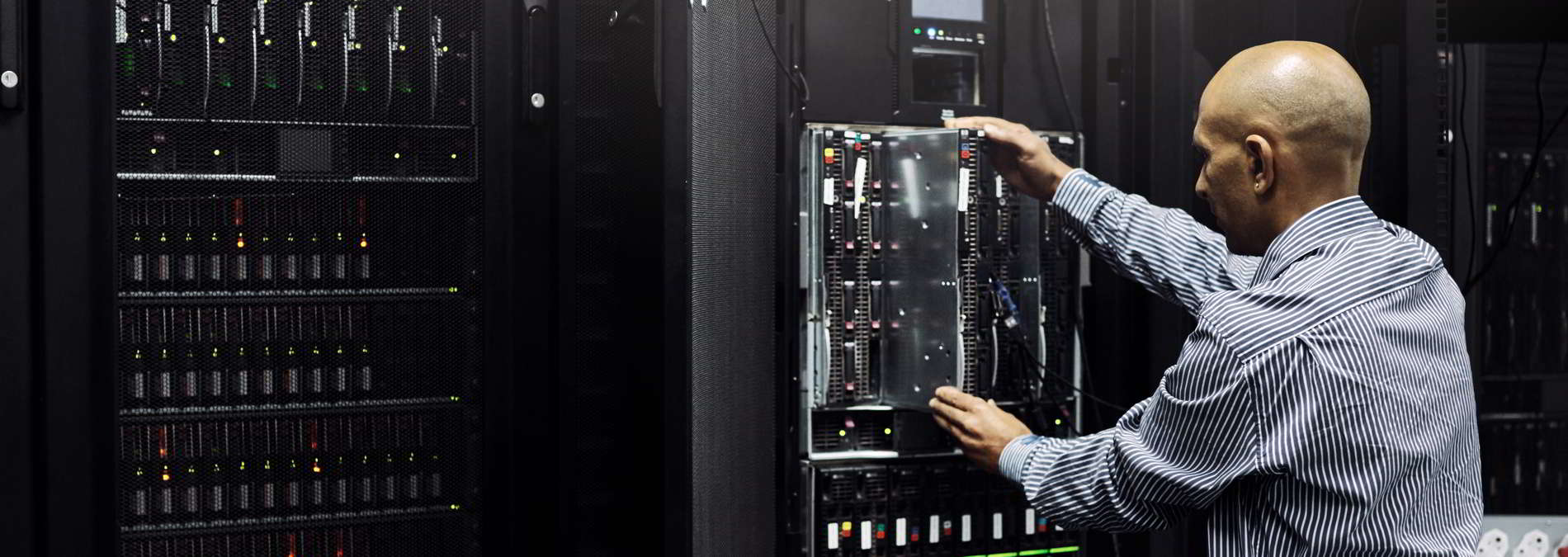Be careful These 12 Vulnerabilities of Wi-Fi That Put You at Risk of Dangerous Frag Attacks
In spite of current enhancements in Wi-Fi security, brand-new vulnerabilities in the way the majority of us receive information over the internet are still being found. That was the case upon the current discovery of "frag attacks," which are a result of design flaws in Wi-Fi itself.

That implies these issues have actually existed because the innovation's extensive creation around 1997, and they could have been leveraged in the time considering that. Innovation companies have begun providing spots for a few of their products that are particularly vulnerable to frag attacks, and more vendors will continue to do so.
IT Support Guys is currently dealing with this newly discovered vulnerability, ensuring our customers are safe from frag attacks. This post will discuss what frag attacks are, how they can wind up in your network, and how they are being handled.
What is a frag attack?
A hacker in a dark room, executing a frag attack.
A frag (fragmentation and aggregation) attack either catches traffic toward unsecured networks to then clone and impersonate servers, or opens the network by injecting plaintext frames that appear like handshake messages. More merely, frag attacks deceive your network gadgets into believing they are doing something safe.3 of the problems that emerged are design defects within Wi-Fi as a procedure. The rest are configuring mistakes.
Research study into the vulnerabilities revealed that accessing networks through these approaches is even possible when Wi-Fi networks are protected utilizing WPA2 or WPA3 file encryption.
As soon as victims connect to the damaged network, the opponent then injects destructive packages of information that fool the victim's computer system into using a malicious DNS server. Due to the style defect in Wi-Fi, the victim will not look out to the altered packets of data that are deceiving their computer.

Attackers can likewise inject destructive packets of data to "punch a hole" in a router's firewall software if a connected device is vulnerable, managed it service gold coast permitting the enemy to unmask IP addresses and location ports utilized to access the device. With this gain access to, aggressors can take screenshots of the gadget, or perform programs on its user interface.
Who determined the possibility of frag attacks?
This vulnerability was discovered by a scientist called Mathy Vanhoef, who likewise discovered the "KRACK" Wi-Fi vulnerability back in 2017. As of this post, Vanhoef is a postdoctoral scientist in computer security at New York University Abu Dhabi.
Vanhoef's findings on frag attacks can be discovered in full at fragattacks.com, while his findings on KRACK attacks can be found at KRACKattacks.com. For his breakdown of frag attacks, see Vanhoef's video below.
What routers and access points are impacted by frag attacks?
An old computer system that is more vulnerable to a frag attack.
Because it impacts Wi-Fi itself, any devices that access Wi-Fi are vulnerable. Yes, that's just about every gadget.Older hardware without the most updated security patches is the most vulnerable to frag attacks. The older a gadget is, the more likely that its maker has actually stopped providing patches. Newer hardware that is still unpatched is likewise vulnerable.
Users must make sure to check that their devices, including routers and network devices, are up to date with patches and firmware. For companies with a managed companies who offers network security services, this is most likely already being managed for you. Otherwise, make sure to stay diligent about modern security procedures, like utilizing strong passwords and staying away from sites that do not utilize HTTPS.
To make sure that your gadgets are updated and safeguarded against frag attacks, inspect your latest firmware logs to see if they have actually attended to the 12 typical vulnerabilities and exposures (CVE):.
Style flaws in Wi-Fi standard:.
CVE-2020-24588: Requirement that the A-MSDU flag in the plaintext QoS header field is verified.
CVE-2020-24587: Requirement that all pieces of a frame are secured under the exact same secret.CVE-2020-24586: Requirement that received fragments be cleared from memory after (re) linking to a network.
Application flaws of Wi-Fi standard:.CVE-2020-26145: Acceptance of 2nd (or subsequent) broadcast pieces even when sent in plaintext and process them as full unfragmented frames.
CVE-2020-26144: Acceptance of plaintext A-MSDU frames as long as the first 8 bytes correspond to a valid RFC1042 (i.e., LLC/SNAP) header for EAPOL.CVE-2020-26140: Acceptance of plaintext frames in a secured Wi-Fi network.
CVE-2020-26143: Acceptance fragmented plaintext frames in a secured Wi-Fi network.Other implementation flaws:.
CVE-2020-26139: Forwarding of EAPOL frames to other customers despite the fact that the sender has not yet effectively validated to the AP.CVE-2020-26146: Reassembling of pieces with non-consecutive package numbers.
CVE-2020-26147: Reassembling of pieces even though a few of them were sent in plaintext.CVE-2020-26142: Treatment of fragmented frames as full frames.
CVE-2020-26141: Verification of the Message Integrity Check (authenticity) of fragmented TKIP frames.Are frag attacks being actively exploited?
A hacker carrying out a frag attack on an unknowing victim.It is tough to tell whether enemies have explicitly targeted these vulnerabilities, and there is no proof that they have been. Contrarily, cybercriminals work relentlessly to discover vulnerabilities, and issues that have actually been unpatched for over 20 years may have been leveraged in the past.
Fortunately is that Vanhoef notified the Wi-Fi Alliance and Industry Consortium for Advancement of Security on the Internet (ICASI) prior to making his findings public, so tech business could begin to spot the vulnerabilities early. The Alliance issued an upgrade on May 11, 2021, mentioning that the hole is quickly patched through regular gadget updates that allow the detection of these transmissions.
Overall, the truth that no one made note of this vulnerability for so long makes it not likely that someone other than Vanhoef discovered it. If black-hat hackers had actually exploited it earlier, white-hat hackers would have determined it was taking place.
The prospective exploitation of these openings is major, but the situations must be ideal for a cybercriminal to capitalize. To access your network via these vulnerabilities, opponents must be in radio range and have direct interaction with a user on the network. It also needs misconfigured network settings.
How are IT support business managing frag attacks?
An IT Support Guys leader resolving colleagues on the vulnerability that causes frag attacks.
Offered how many devices are impacted by this vulnerability, the entire technology market is reliant on manufacturers' updates to patch them. Suppliers have been working on spots for over 9 months given that Vanhoef divulged the vulnerability.
As this is a continuous advancement, ITSG is working straight with vendors to guarantee that all spots are applied when released. Microsoft quietly presented the spot that covers these vulnerabilities on March 9, 2021. Because all devices on our managed devices strategy are patched as quickly as possible, all handled Windows devices covered by ITSG already have the spots they need.
If you are unsure if your existing ITSG strategy covers patch management, book a 15-minute seek advice from our virtual CIO now.